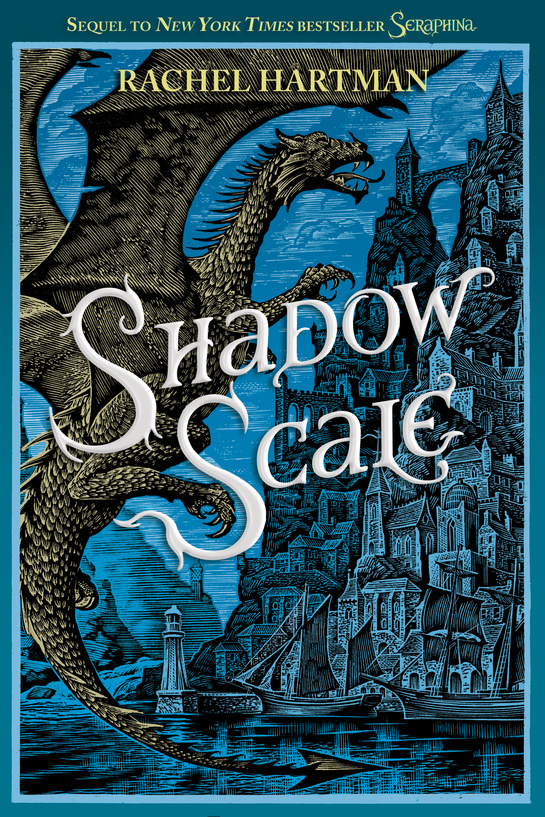An astute reader recently asked me whether I’d had a particular song in mind for the “Invocation” Seraphina plays at Prince Rufus’s funeral. I did, in fact: there’s a moment late in the first movement of Shostakovich’s Symphony No. 5 where a flute plays a plaintive melody, echoed by French horn.
If you’re not familiar with Shostakovich’s Fifth, here’s a decent interpretation by our old friend Lenny Bernstein:
If you’re the impatient sort, the flute/French horn duet is at about 14:00. That said, I really think you should listen to everything that comes before it, rather than skipping ahead. It’s so much more beautiful if you’ve suffered through endured fully experienced the music that came before. It’s actually quite an easy listen for a 20th century composer. I almost wonder, as I’m listening again (for the billionth time in the last two weeks) whether someone like John Williams didn’t find influences and inspirations here for the Star Wars soundtrack. It’s that level of listenable, is all I’m saying, full of grandeur and drama, always in motion. Also, Lenny is fun to watch. He’s got kind of a Peter Falk thing going on sometimes, which amuses me.
This symphony, along with Brahms’s 4th, was my go-to music for writing when I was a teenager. I would sit on the couch with headphones on and scrawl terrible, terrible fantasy novels in spiral notebooks. I hardly dare describe how terrible they were, but the music that fuelled them was not. One thing I love about this piece is that it has a bit of everything: anguish, hope, terror, beauty. There’s a diabolical march at 10:54 that gives me chills. I had better stop enumerating all my chills right there; there’s really no point counting. I’ve got chills enough for an influenza epidemic.
Also worth knowing is the history of this piece. It gets its own Wikipedia entry. The short version: Shostakovich fell from political grace – a dangerous thing to do in Stalin’s USSR – and this symphony is his attempt to give the Party the kind of inspirational, uplifting,”classical heroism” they demanded.
Or is it? Did Shostakovich comply, or not? How do we know what a piece of orchestral music really “means”? Is meaning something the listener brings to music, or something the composer puts in it? What about Lenny, what’s his role? How much does the artist create for himself, and how much for others? It’s fascinating to me how many layers there are.
